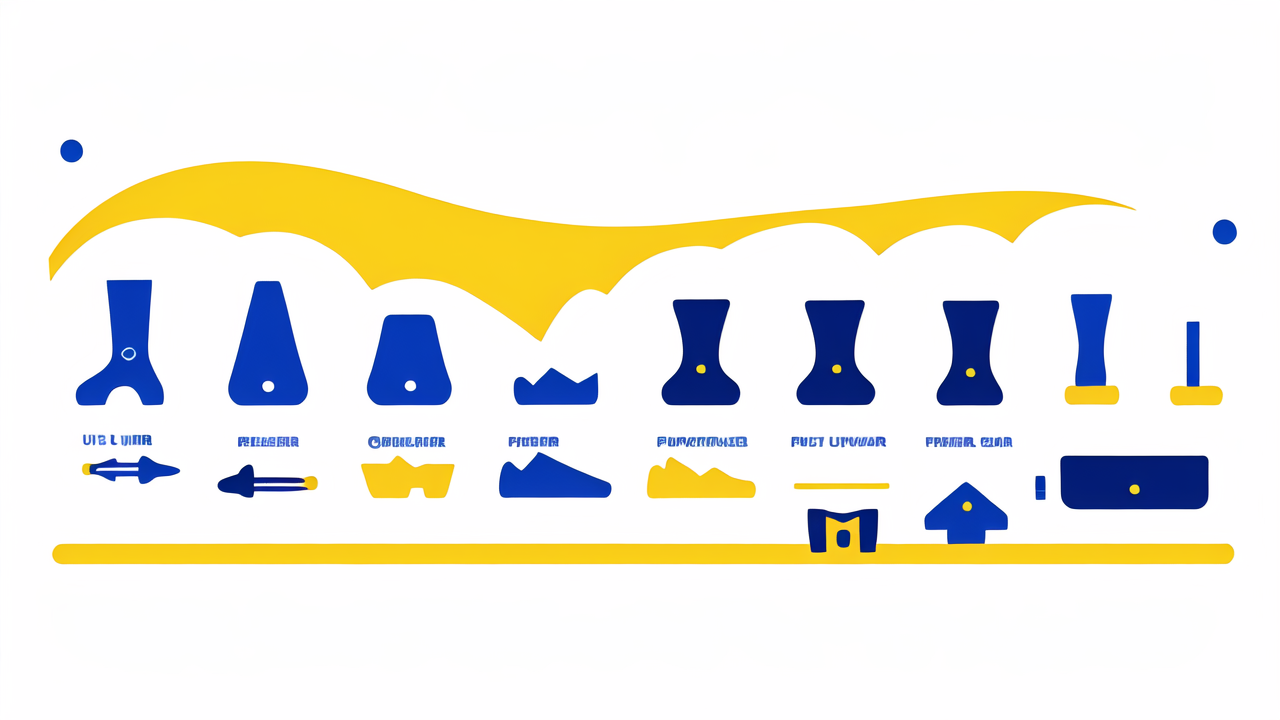Emerging Trends in Outdoor Gear Technologies
Advancements in Lightweight Materials
Outdoor gear is changing fast. New, light materials are a key trend. They make gear easy to carry. This is great for hikers and campers. Light fabrics are strong too. They don't tear or wear out fast. Even with heavy use, they last long. Gear weight matters on long trips. With lighter gear, you can move faster and farther. It's not just about weight. Comfort and safety are better now too. Light materials help with both. Overall, outdoor adventures are now less of a strain. Thanks to these advancements, more people can enjoy the outdoors.

The Rise of Smart Outdoor Equipment
Smart outdoor gear is on the rise. New tech helps hikers, campers, and climbers. Think GPS-enabled backpacks, solar-powered lights, and wearable tech. These gears make outdoor trips safer and more fun. They also help you track health stats. This trend shows the mix of tech with outdoor activities. It is changing what we take on our adventures.
Eco-Friendly Innovations in Gear Manufacturing
In recent years, eco-innovation has transformed gear making. Brands now use recycled materials. Solar-powered devices are more common too. Biodegradable goods are on the rise. These changes meet eco-aware consumer demands. They also help reduce outdoor activities' carbon footprint. This shift gears towards a sustainable future in outdoor pursuits. It aids in preserving the very landscapes adventurers seek to explore.
The Impact of Consumer Preferences on Outdoor Gear Market
Demand for High-Performance Camping Gear
The market for outdoor gear is shifting due to consumer demand. Campers today want gear that excels in performance. They look for lightweight, durable, and versatile items. This desire for high-quality gear influences manufacturers. Companies are now investing in research and development. They create products that can withstand harsh conditions. These could be extreme weather or rough terrain. Demand drives innovation in fabrics, materials, and design. Brands are competing to meet expectations with top-tier camping equipment. This need shapes the market's future in the United States.
Shift Towards Sustainable Hiking and Trekking Equipment
The outdoor gear market is shifting towards sustainability. Consumers now prefer equipment that is eco-friendly. Many are choosing gear made from recycled materials or sustainable sources. Companies are responding with innovative products. These items meet demand without harming the environment. Hikers and trekkers seek durable goods that also reduce their carbon footprint. This trend is shaping how gear is designed and produced. It emphasizes the need for green options in the industry.
The Influence of User-Generated Content on Gear Choices
User-generated content (UGC) has a big sway in the outdoor gear market. People trust reviews and shared experiences from real users. Social media and forums buzz with gear talk, influencing buyers. Brands notice, and some even feature customer stories in marketing. Consumers thus feel heard, and they often decide what to buy based on peer reviews. This shift to UGC leads to a more customer-driven market. Gear makers must now keep up with the genuine needs and feedback of their audience.
Market Analysis: The Outdoor Gear Industry's Growth and Challenges
Key Players and Market Leaders in the Outdoor Gear Sector
The outdoor gear sector is seeing strong players emerge. Companies like REI, North Face, and Patagonia are leading. They innovate and set market trends. Their gear is high-quality and in demand. These brands are well-known for their reliability and durability. New startups also add fresh ideas to the industry. They bring tech and sustainability to the market. However, this field is very competitive. Smaller brands often find it hard to compete with big names. All these factors shape the outdoor gear sector in the United States.
The Economic Outlook for Outdoor Gear Retailers
The U.S. outdoor gear market is booming. Changes in lifestyle fuel this growth. More people are seeking adventure and fitness outside. But the market faces challenges too. Costs are rising. This affects both retailers and customers. Retailers must adapt to these economic shifts. They need to offer value without raising prices much. Those who adapt will likely succeed. Those who don't may struggle to stay afloat.
Regulatory Changes and Their Impact on Outdoor Gear Manufacturing
Recent laws are reshaping gear production in the US. These changes aim to boost product safety and environmental care. They impact how outdoor equipment is made and sold. For instance, new rules may require more eco-friendly materials. Or they could set higher standards for product testing. As a result, gear makers must adapt their methods. This can lead to higher costs for research and redesign. It might also mean a shift in where materials are sourced from. Some fear these costs will pass on to the consumer. Yet these changes can also spark innovation. Companies may find new, greener ways to produce their goods. Such advances could help the environment and attract customers looking for sustainable options. Overall, regulatory changes are a big factor for the outdoor gear industry in the US. They pose challenges but also offer chances for growth and improvement.

